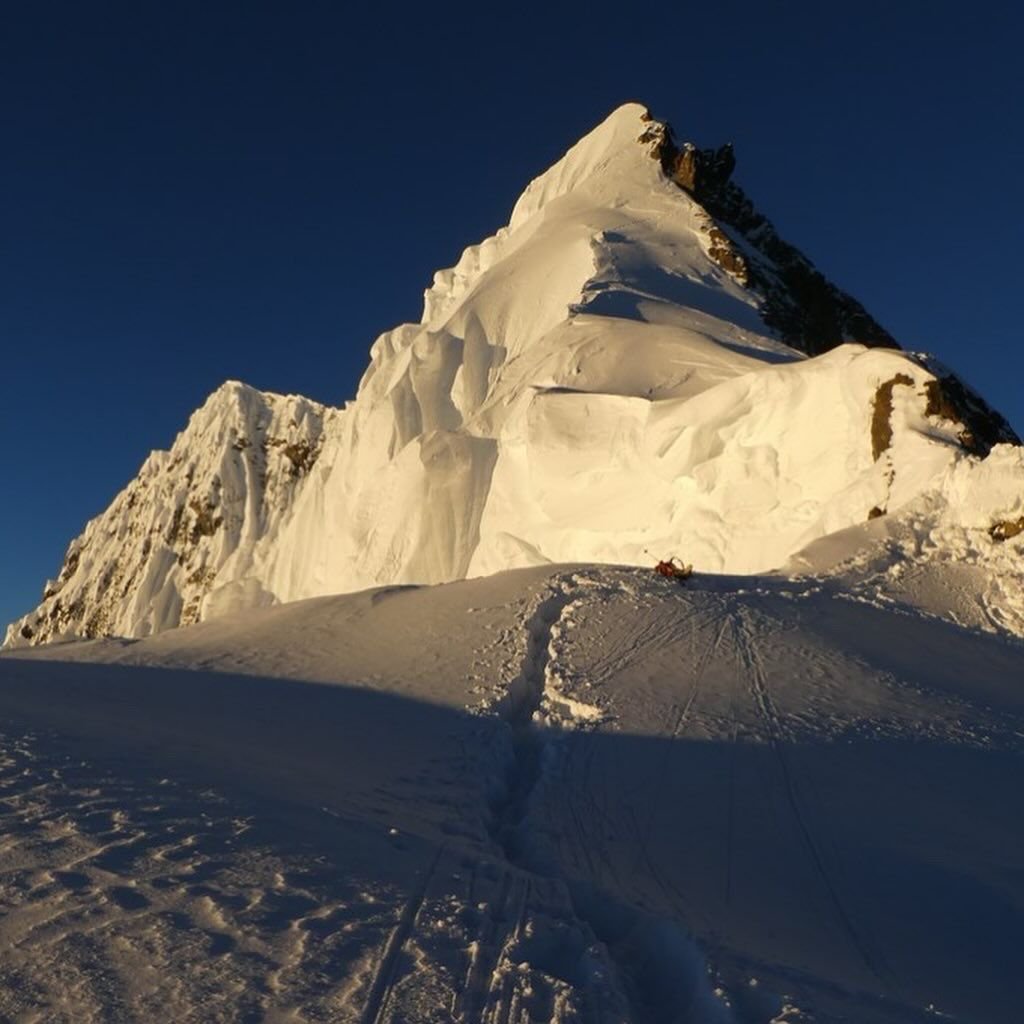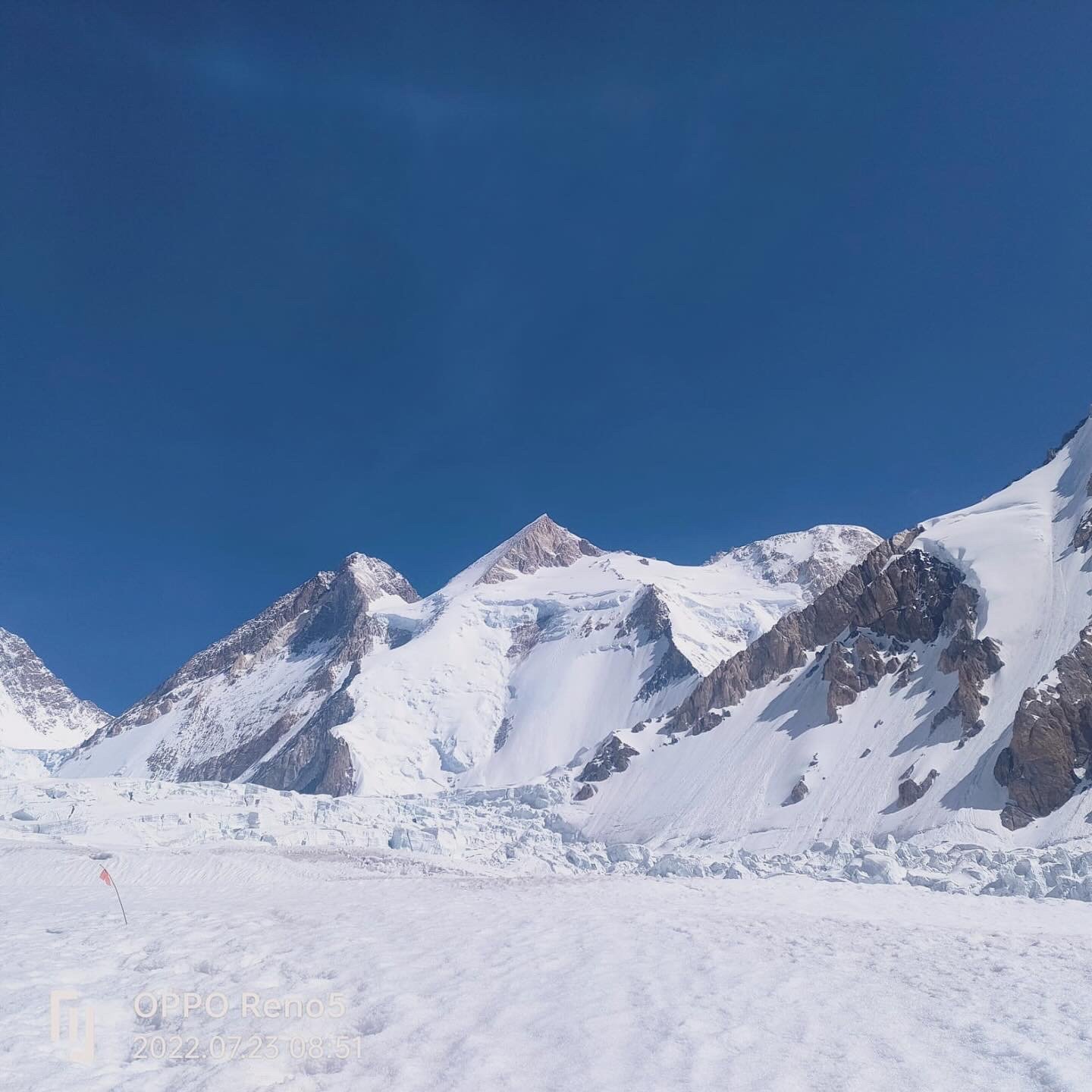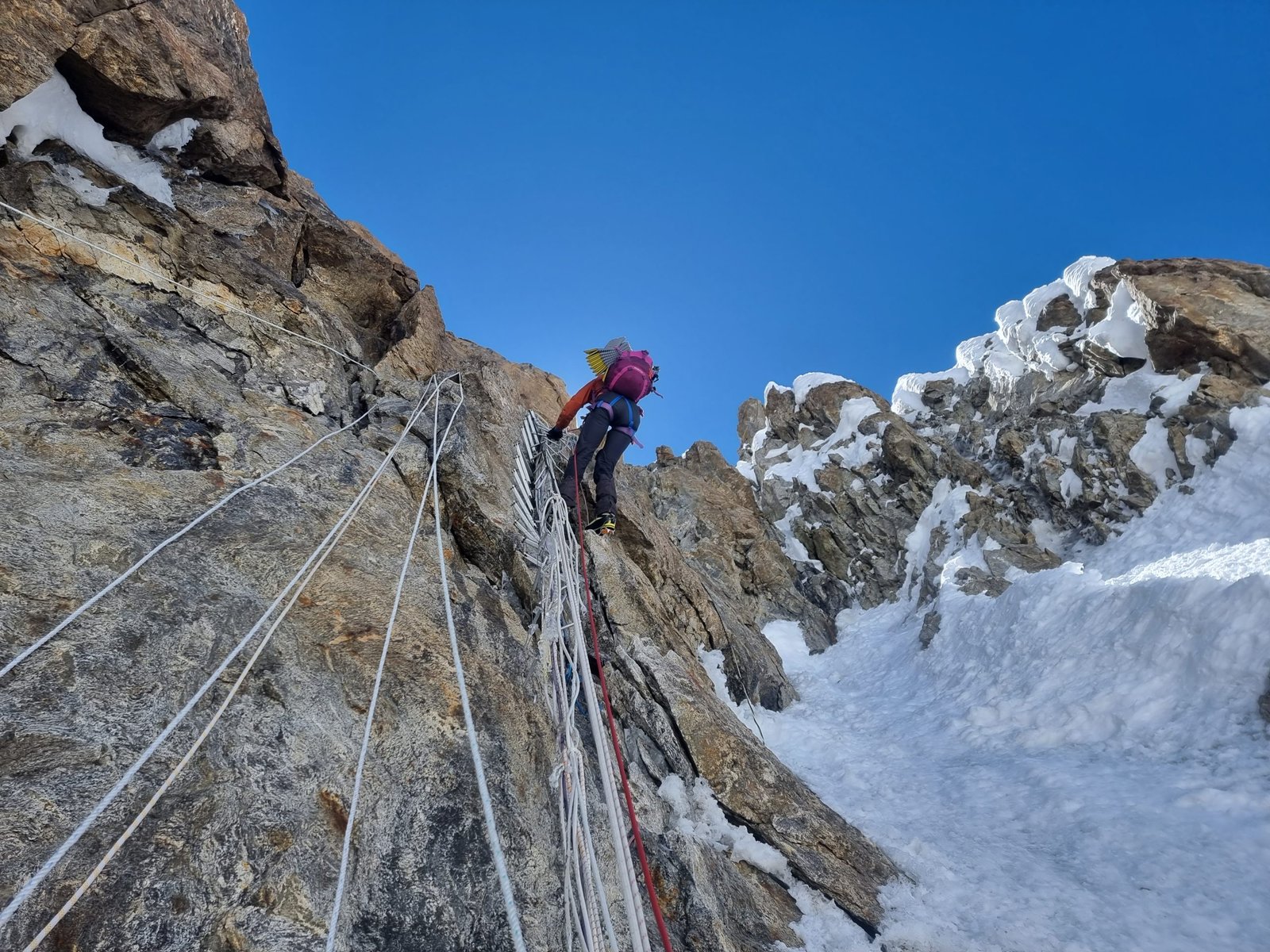Kathmandu, Nov 19: Seven Summit Treks, a leading Kathmandu-based trekking and expedition company, will be organisingan expedition of Pakistan’s all five 8000ers peaks. Led by ChhangDawa Sherpa, the board director and expedition manager for the SST, the expedition will start from 7 June to 10 August, 2024 right after SST’s spring expeditions in Nepal, said the SST Chair Mingma Sherpa.
Anyone having an experience of climbing peaks from at least 6,000m or 7,000m aspiring to scale multiday high altitude 8000m peaks can sign up for the expeditions.
SST’s fixed expedition schedule is as follows:
Nanga Parbat (8125m) 07 June 2024 – 20 July 2024
K2 (8611m) 20 June 2024 – 10August 2024
Broad Peak (8051m) 20 June 2024 – 05 August 2024
G-I (8080m) 20 June 2024 – 10 August 2024
G-II (8034m) 20 June 2024 – 10 August 2024
Interested can contact at info@sevensummittreks.com
Nanga Parbat
Located in Pakistan, Nanga Parbat is the ninth-highest mountain in the world and the second-highest in Pakistan. Standing tall at 8,126 metres above sea level, the mountain is known by various names including “Nanga Parbat,” (Naked Mountain) in Urdu, and “Diamir,” which means “King of the Mountains.”
The mountain was first climbed on July 3, 1953, by Austrian climber Hermann Buhl. He did this solo ascent without supplemental oxygen. The mountain is known for its difficult and dangerous climbing routes with a high fatality rate, earning it the nickname “Killer Mountain.”
The peak has been the focus of numerous expeditions and climbing attempts, with varying degrees of success. Despite its challenges, it continues to attract climbers from around the world who seek to conquer its formidable slopes. The mountain’s breathtaking beauty and formidable nature make it a prominent feature in the world of high-altitude mountaineering.

K2
Standing at an elevation of 8,611 metres above sea level, K2 is the second-highest mountain in the world after Mount Everest (8,849 metres). Lying in the Karakoram range, the mountain is also known as the Savage Mountain. The peak is the deadliest of the five highest mountains in the world. It is reported that approximately one person dies on the mountain for every four who reach the summit.
The mountain is a more difficult and dangerous climb, due to in part its more northern location, where inclement weather is more common. The peak was first climbed on July 31, 1954, by an Italian team led by ArditoDesio. The climbers who reached the summit were LinoLacedelli and AchilleCompagnoni.
The mountain is known for its extreme difficulty and danger in climbing. It has a higher fatality rate for climbers than Mount Everest, earning it the nickname “Savage Mountain.” The ascent is technically demanding, and the weather conditions are often harsh.
It has a history of challenging and tragic climbing expeditions. Many accomplished mountaineers have lost their lives attempting to reach the summit.

Broad Peak
Located on the border of Pakistan and China in the Karakoram Range, Broad Peak is the 12th highest mountain in the world. The mountain soars to 8,051 metres above sea level.
The peak was first climbed on 9 June, 1957, by an Austrian team led by Marcus Schmuck. The climbers who reached the summit were Fritz Wintersteller, Kurt Diemberger, and Hermann Buhl.
The normal route to the summit is via the west ridge. Other routes include the south Gasherbrum Glacier and the north ridge. While Broad Peak is technically less challenging than nearby peaks like K2, it still presents significant difficulties due to its altitude and weather conditions.
The mountain is a perfect fit for mountaineers seeking to climb 8,000-meter peaks, and it offers a challenging and rewarding experience.

GI
Standing tall at 8,080 metres above sea level, Gasherbrum I, also known as Hidden Peak, is the 11th highest mountain in the world. It is located on the China-Pakistan border in the Karakoram Range. The mountain was first summited on 5 July, 1958, by an American expedition led by Nicholas B. Clinch. The expedition team who climbed the mountain were Pete Schoening and Andy Kauffman.
The most common route to the summit is the Southwest Spur, which is approached from the Baltoro Glacier. This route involves technical climbing, including ice and rock sections.
The mountain is considered one of the more achievable 8,000-meter peaks in the Karakoram Range, but it still presents significant challenges including steep ice slopes, crevasses, and unpredictable weather conditions.

GII
Gasherbrum II is the 13th highest mountain in the world, located on the China-Pakistan border in the Karakoram Range. Soaring to 8,035 meters above sea level, the mountain was first climbed on 8 July, 1956, by an Austrian expedition led by Fritz Moravec. The climbers who reached atop the mountain were Fritz Moravec, Josef Larch, and Hans Willenpart.
The most common route to the top of the mountain is the Southwest Ridge, which is approached from the Baltoro Glacier. This route involves technical climbing, including ice and rock sections.
The peak is generally considered less technically challenging than some of the other 8,000-metre peaks, such as K2 or Gasherbrum I. However, climbers still face significant challenges including crevasses, avalanches, and harsh weather conditions. The mountain is a popular destination for mountaineers seeking to climb 8,000-meter peaks.

Photo-sevensummittreks.com




















